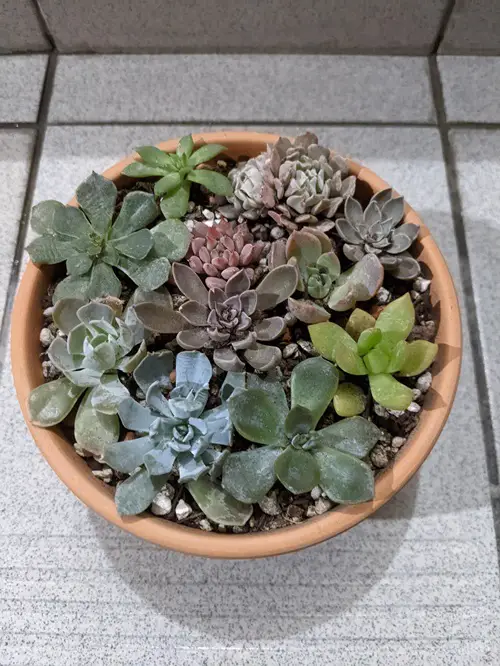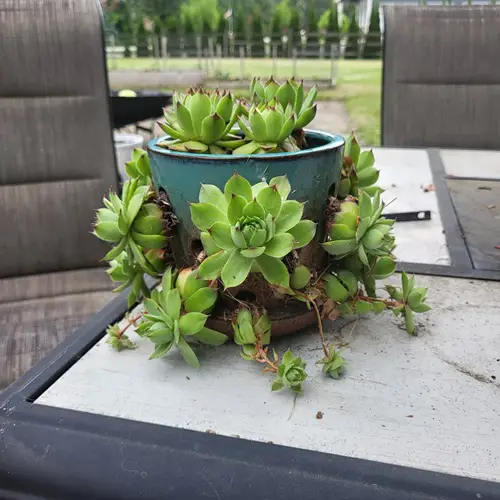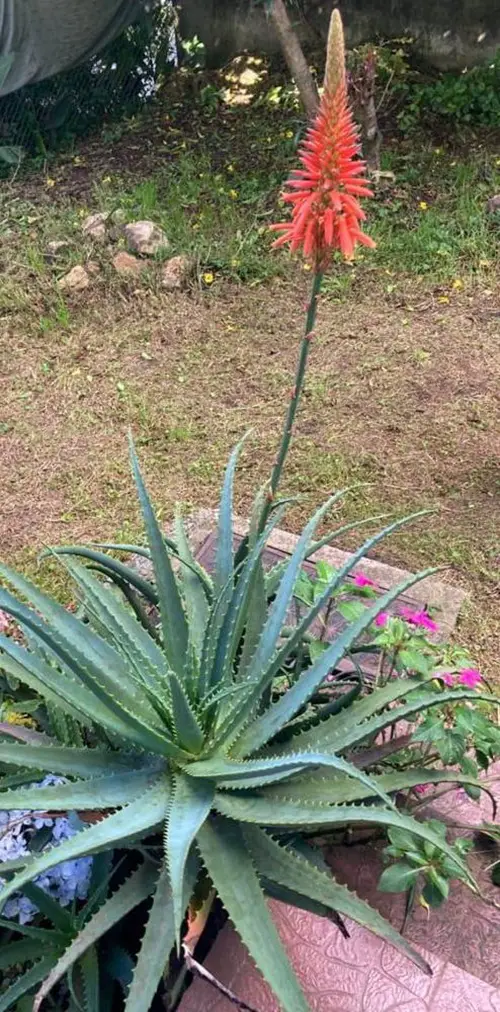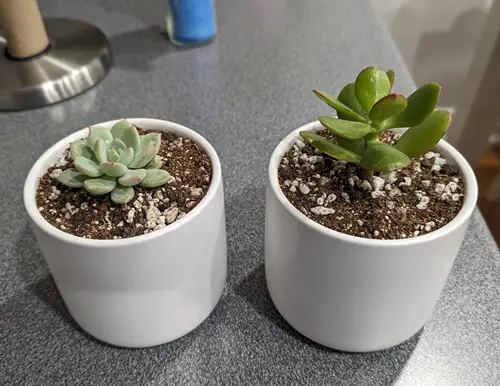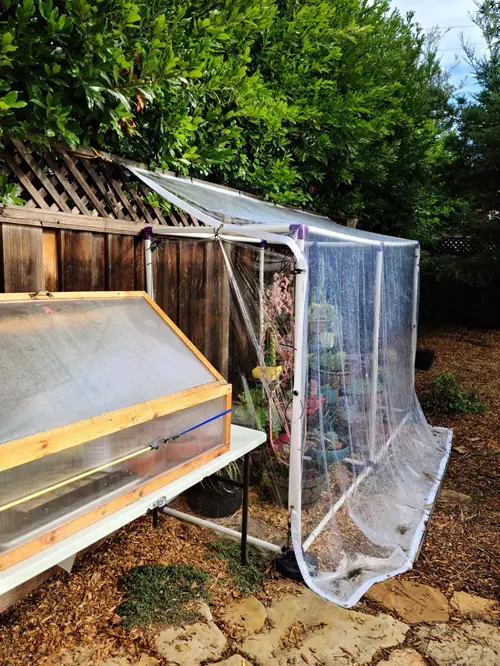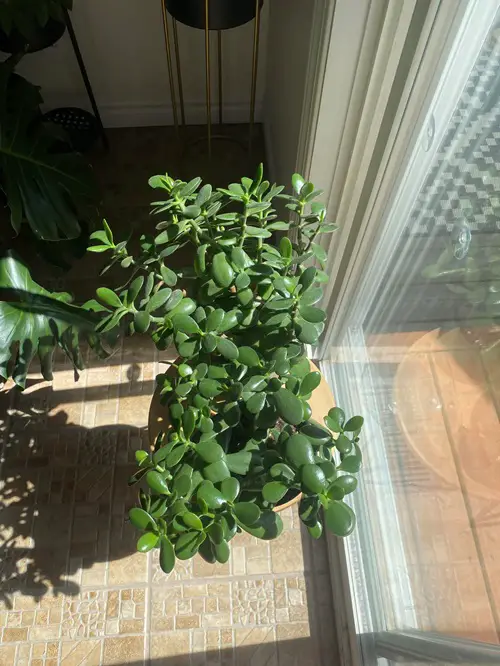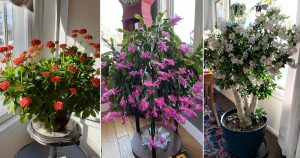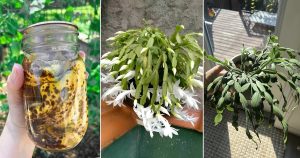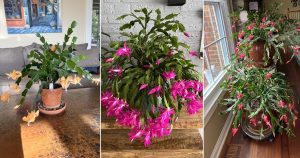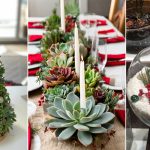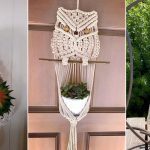Trying to figure out what zone is good for growing succulents? Here is a simpler way to understand the USDA Zones!
Succulents have become a favorite houseplant in the past years, and of course for a good reason. But growing them in some places can be a tough task at times. Because, among so many species and varieties you must know which ones thrive in which zones. So, let’s check out what zone is good for growing succulents.
What are USDA Zones?
A hardiness zone is basically the different regions of America that are divided into 11 Zones depending on the climate of the country. These zones determine which category of plants can grow in which region. The lower the zone, the lower the temperature. For example, if any region falls under Zone 3 this means that the area is colder than the region that falls in Zone 4.
Each zone differs by 10 degrees from the other zone. If zone 1 ranges from -60 F to -50 F then zone 2 will be from -50 F to -40 F. Similarly, these zones are again classified as “a”, “b”, “c” and so on. Again differ by 5 degrees from the other.
What Zone is Good for Growing Succulents?
The Succulent growing zones are 3-11. Let’s walk through these zones separately and learn what succulents would prefer to grow in which zones along with some care tips.
1. Hardiness Zones 3-6
Temperature range: -40° F to 0° F
These zones experience harsh winters with extremely cold weather, frosty winds, and snow. In such regions, you are advised to bring your potted succulents indoors or else mulch them properly if grown outdoors.
Are you wondering if succulents grow in zone 6? Of course, there are some succulents that survive in this cold-hardy zone such as Sempervivums (Hens and chicks) and Sedums. These succulents are very adaptable and they can easily handle temperatures below -30 F. There are many varieties of both Sedums and Sempervivums, some are ground covers, and others with a good trailing habit.
2. Hardiness Zones 7-8
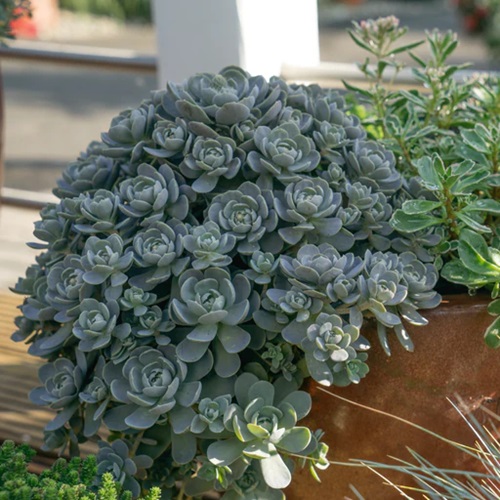
Temperature range: 0 F to 20 F
The USDA hardiness zones 7 and 8 have a minimum temperature of 0 F to 20 F. These zones are typical with mild winter temperatures and there are about 28 states in zone 7 such as Virginia, New Mexico, Oregon, Texas, Oklahoma and so on.
Hardy succulents, such as Agave, Sempervivum, Spurge, Yucca, Orostachys, Jovibarba, Delosperma, and Sedum are the eight best options for this zone because they can tolerate and thrive effortlessly in such climates. Besides you can work with Echeverias, Jade plants, Sedeverias, and likewise some less hardy succulents as well. However, keep them indoors only and not outdoors, especially in the winter season.
3. Hardiness Zones 9-11
Temperature range: 20 F to 40 F
Zones 9-11 are considerably a good or safe zone that offers a nice combination of mild winters and warm sunny summers. So, you’re a lucky gardener if you live in such regions as you get to choose from many options. However, in such zones, you need to keep your succulents safe from exposing them to long durations of harsh sunlight in the summer.
Aloe vera, Echeveria, Jade plants, Opuntia, Christmas cacti, Graptopetalums and Agave are some of the many succulents that prefer to grow in these zones. In fact you can grow your succulents outdoors quite easily in the range of these zones.
Tips for Growing Succulents in Winter
1. A Good Drainage
Succulents do not like standing water, overly moist conditions, or wet feet. The solution is a good and porous potting mixture so, use sandy or rocky soil combined with some perlite or tiny pebbles for improving the drainage. Along with this, be mindful of the drainage holes in your pot because this is the place where the excess water will be draining out after the soil have absorbed the required amount.
2. Choose Frost-Hardy Varieties
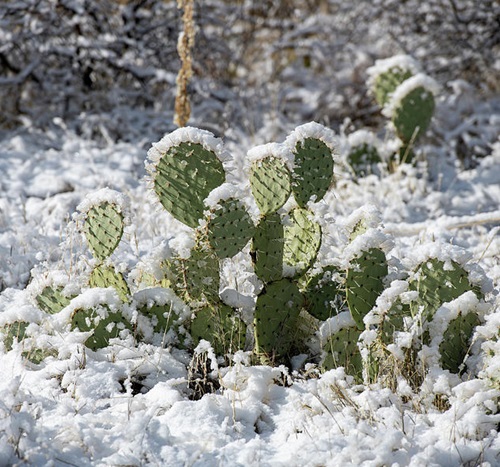
If you live in colder zones, opt for succulents like Sempervivum and hardy Sedums that can withstand frost conditions. Besides, such succulents are also very easy to care for and maintain as they are so adaptable. Also, with the right amount of care, these succulents will flourish better. So, choose accordingly and explore more before you bring any new plants to your home.
3. Provide Shelter
In zones prone to heavy rain or snow, consider growing succulents in pots that can be moved indoors during extreme weather. Else there are many alternatives like making a nursery to protect them from the weather. Because, indoor temperatures can be maintained uniformly with the help of heaters or radiators. However, avoid keeping them close to drafty windows or entryways.
4. Sunlight
Most succulents need at least 6 hours of sunlight daily. Place them in a spot where they get plenty of direct or filtered light like near windowsills, bright living rooms, or balcony spaces. Especially in the winter, sunlight and bright spaces are what they seek to thrive in the dark and cooler months.
5. Mulching for Frost Protection
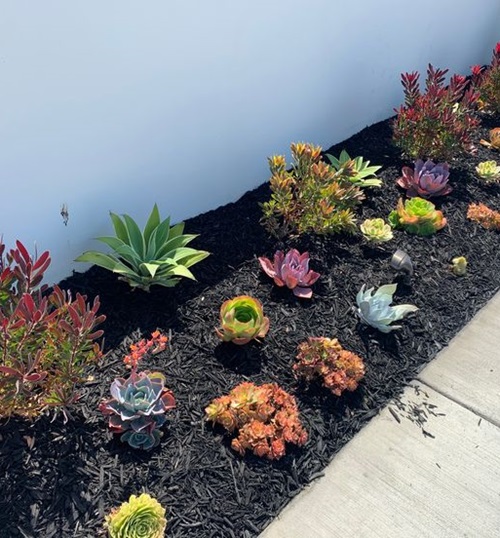
In colder zones, mulch around the base of outdoor succulents to help insulate their roots and protect them from frost and snow. Generally, mulching is always necessary to protect plants in the winter season. Use dry bark and leaves of trees, cardboard sheets, or husks to cover the base of the plant. This always helps outdoor plants to survive in extreme cold weathers.
All said and done, most succulents can grow in almost any USDA Hardiness Zone with the right care and variety selection. Discover the joy of growing succulents, no matter where you live!

